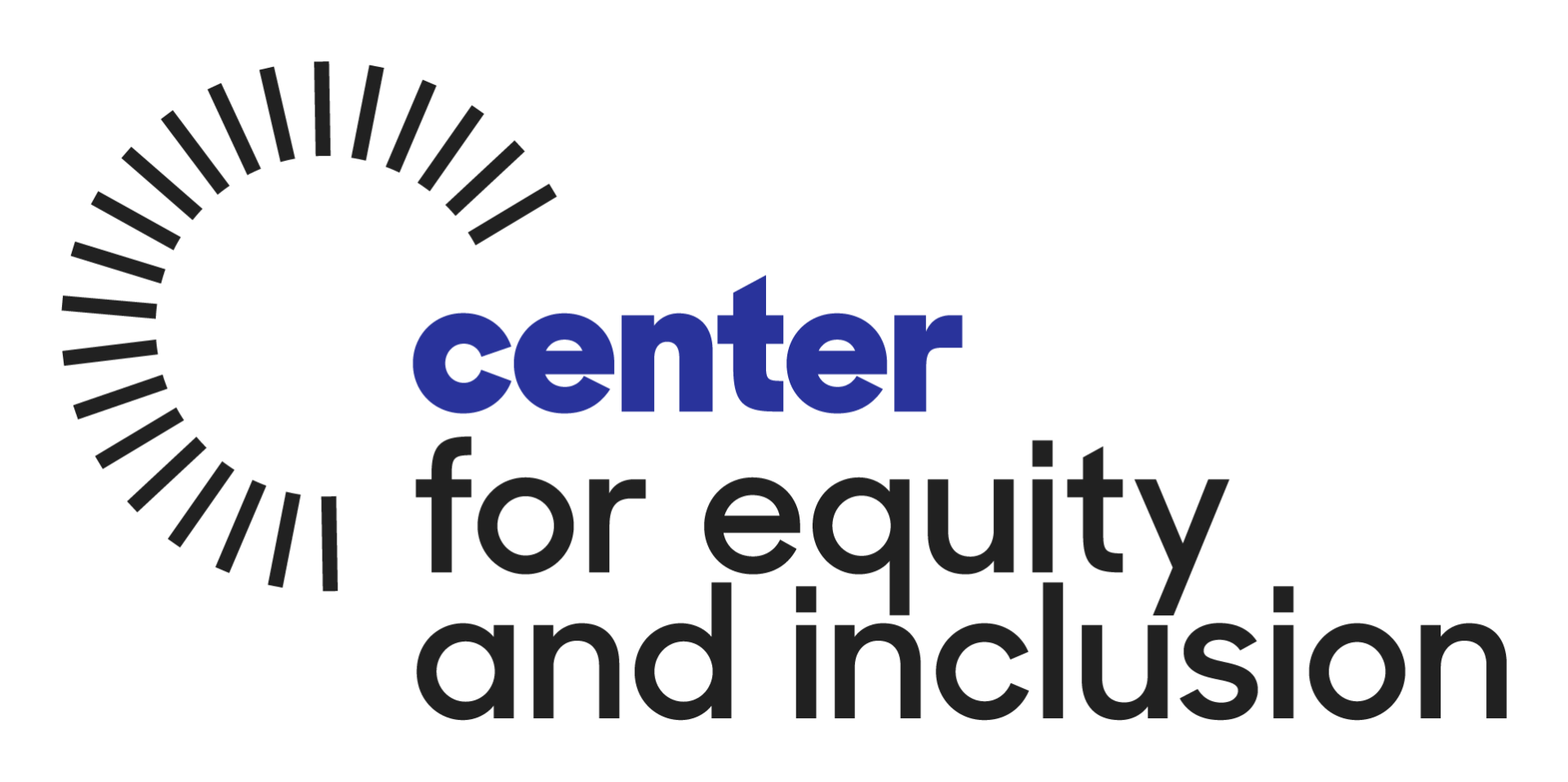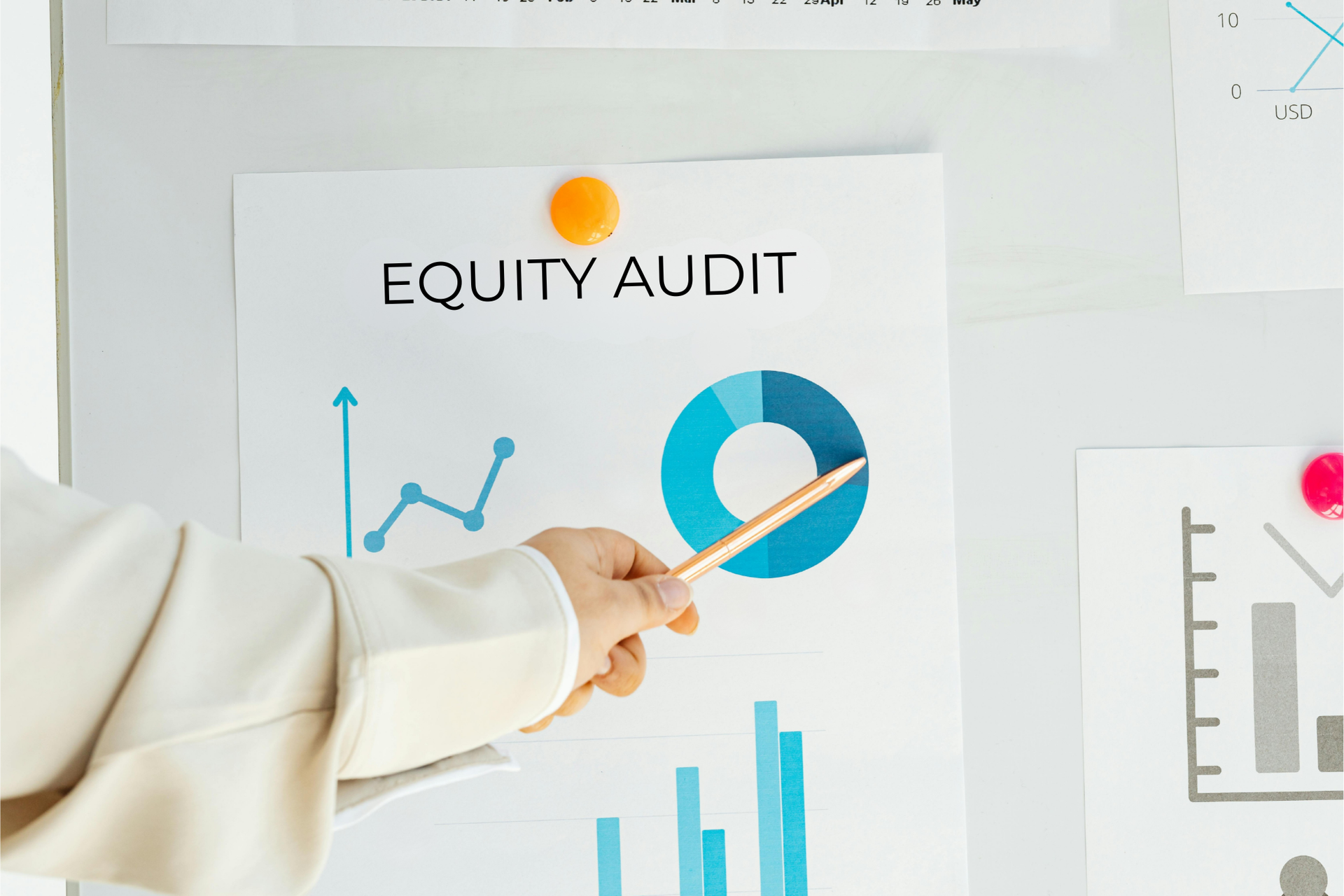Beyond Workplace Burnout:
Name Culture Fatigue and Lead the Reset
End-of-year energy can feel like a sprint with no finish line. Leaders push for final deliverables, teams count down to holidays, and inboxes overflow. We call it workplace burnout, and yes, tired people need rest. But some organizations feel stretched in a different way. People are exhausted by the culture itself, not only the workload.
This is a sign to look under the surface. Workplace burnout shows up as stress and long hours. Culture fatigue shows up as strained trust, unclear norms, and mixed signals about inclusion. It drains motivation even when calendars look reasonable.
If your team is running on fumes, do not pile on perks. Slow down, listen, and reset the way you lead. Recovery starts when people are safe to tell the truth, ask for help, and feel like they belong.
Burnout vs. Culture Fatigue: What’s the Difference?
Workplace burnout is a state of exhaustion caused by long or intense stress. It often looks like low energy, cynicism, and reduced effectiveness. People feel tapped out, they struggle to focus, and their quality slips.
Culture fatigue is different. It is the drain that comes from the environment around the work. People spend energy navigating unfair systems, unclear expectations, or mixed messages about inclusion. The work might be fine, yet the way decisions get made, who gets credit, and what leaders reward makes people tired.
Common signs of culture fatigue include references to “DEI fatigue,” eye rolls when new initiatives launch, or silence when leaders talk about values. Teams hear the words, then see different actions. Over time, trust thins. A high performer who once led every volunteer committee steps back. A manager who once hosted lively brainstorms now gets one-word answers.
The takeaway is simple. Burnout is about the load. Culture fatigue is about the container holding the load.
Quick Scan: Is It Workplace Burnout or Culture Fatigue?
Use these fast checks to name what you see.
- If hours drop and energy returns, it was likely burnout.
- If time off helps but frustration persists, consider culture fatigue.
- If the same people carry inclusion work without recognition, that is culture fatigue.
- If workloads are high across the board and quality dips, that leans burnout.
Two quick examples:
- A team takes a long weekend. They come back rested, yet still avoid speaking up. That points to culture fatigue.
- A product launch ends. People’s humor and focus return within a week. That points to workplace burnout.
Have you tried our Leadership Team Audit to assess where culture fatigue may be showing up?
Unspoken Signals Leaders Often Miss
1) Invisible emotional labor
Some staff, especially people from underrepresented groups, take on the quiet work of making the workplace safer. They answer hard questions, translate tone in meetings, help peers navigate harm. It is real labor, yet it rarely shows up in goals, time, or pay.
Mini-story: A new hire asks a colleague, “Is it safe to bring this up?” That colleague becomes the informal counselor again. Their own project slips.
2) Inconsistent accountability
Leaders name values in public, then skip them in daily choices. Policies exist, yet exceptions go to favorites. People notice who gets feedback and who gets a pass.
Mini-story: A manager interrupts someone, then posts about listening on Slack. The team’s cameras stay off for the next week.
3) Belonging burnout
Early champions stop raising their hands. They are not angry; they are tired of surface change. The same ideas get recycled, yet nothing shifts in hiring, pay, or decision rights.
Mini-story: Your most engaged ERG lead asks to rotate out. Not because they do not care, but because results lag.
4) Silence in meetings
Teams that once ideated freely now go quiet. Silence is often safety work. People protect themselves when they are unsure how the truth will land.
Simple analogy: Think of trust like Wi-Fi. When the signal drops, your apps still look open, yet nothing loads.
How Leaders Can Respond
Recovery from culture fatigue is not a wellness week or a gift card. It is a leadership reset.
Start small, move with care, and stay consistent.
Strategy 1: Pause and listen
Host short reflection sessions or anonymous pulse checks about workload and belonging. Ask three plain questions:
- What is helping your well-being at work right now?
- What is making it harder?
- What one change would build trust?
Close the loop within two weeks. Share what you heard, what you will do now, and what needs more study. When people see actions tied to feedback, trust rises.
Strategy 2: Revisit what gets rewarded
Align recognition with inclusive behaviors and shared accountability, not only output. Name and reward the invisible labor that keeps teams safe and learning. Add clear expectations to job descriptions. Track who gets stretch roles, who presents work, and who gets credit.
Everyday example: Give monthly shout-outs for “culture carriers,” the folks who document decisions, invite missing voices, and close feedback loops.
Strategy 3: Create collective care plans
Normalize team-level resets, not just individual PTO. Set “no meeting” blocks, rotate note-taking, and cap after-hours pings. Build team rituals that restore energy, like ten-minute check-ins with one simple prompt, “What do you need to work well this week?”
Simple analogy: Treat the team like a garden. Water the whole bed, not just one plant.
Why this matters for equity
Sustainable leadership and an equity-centered culture rise together. When expectations are clear, accountability is shared, and care is collective, people from historically marginalized groups do not have to carry safety on their backs. Everyone gets more room to contribute and grow.
A Plain-Language Primer on Workplace Burnout
Use this with your team to ground the conversation.
- What it is: Ongoing stress at work that causes exhaustion, cynicism, and lower impact.
- What helps: Manage workload, set focus time, give recovery space, and remove blockers.
- What to avoid: Treating burnout as a personal failure. It is a systems issue, so fix the system.
Closing Reflection
Fatigue is not failure, it is feedback.
When your people are worn down, the message is clear. Trust needs repair, power needs clarity, and care needs to be shared.
As you head into the new year, treat the signals with respect.
Remember the rule of thumb.
Burnout is personal, culture fatigue is collective. Leaders own the collective.
If you are noticing these patterns in your workplace
explore a Culture Lab consultation or complete our
Leadership Team Audit to see where culture fatigue may be showing up.
Address workplace burnout with fair workloads, and address culture fatigue with honest leadership.
Your team will feel the difference, and your results will show it.



